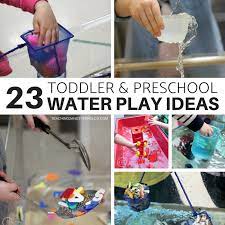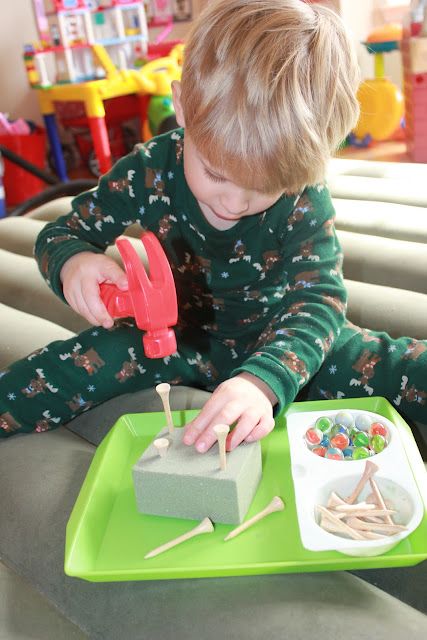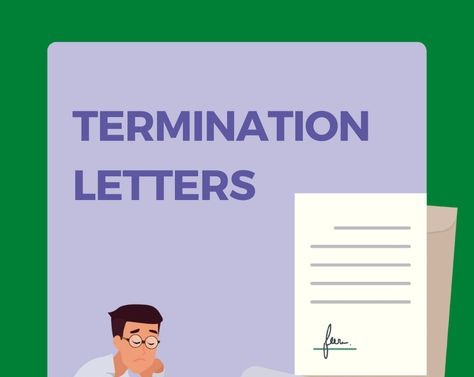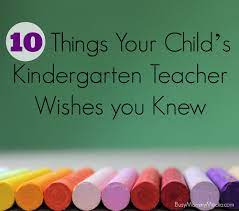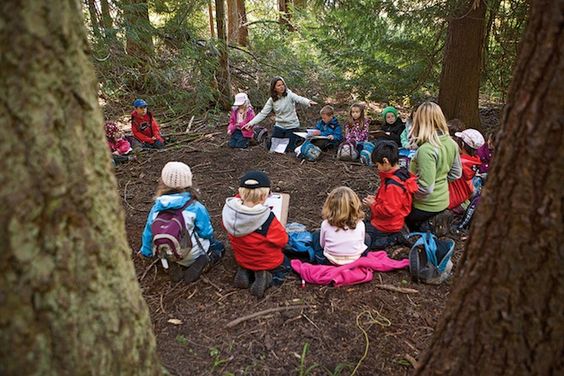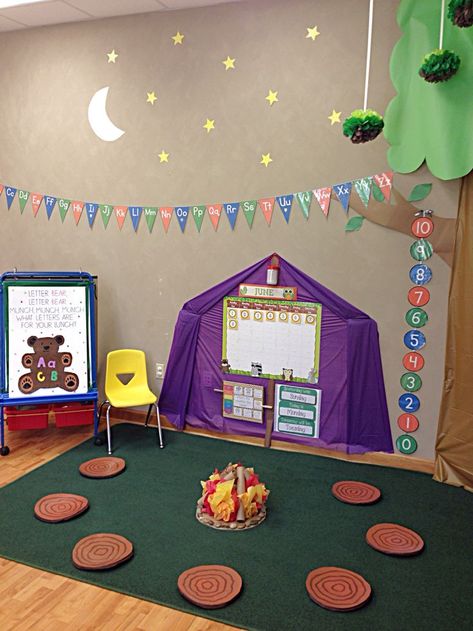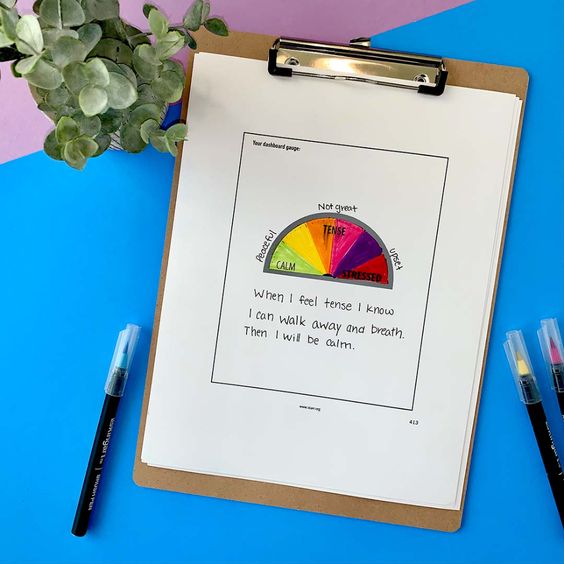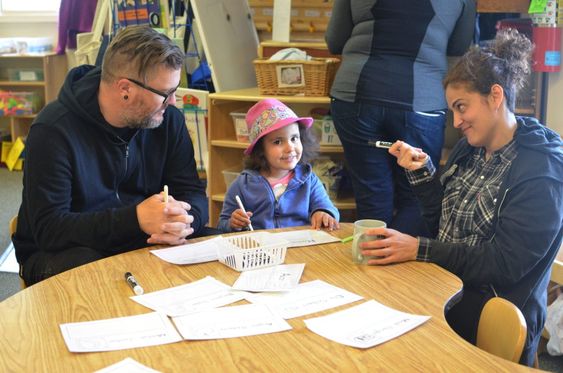Introduction:
Transition activities play a crucial role in managing the classroom and keeping preschoolers engaged between tasks. They not only help children mentally prepare for the next activity but also help them learn various essential skills. Here are 20 engaging transition activities for preschoolers that will make your classroom fun, lively, and well-managed.
1. Freeze Dance
Play music and encourage the children to dance. Pause the music randomly, and everyone should freeze in their positions until the music resumes.
2. Color Matching
Give each child a colored object or card. Have them find the corresponding color in the room and stand near it.
3. Animal Walk
Assign each child an animal to imitate as they walk (e.g., waddle like a penguin or hop like a kangaroo) to their destination.
4. Follow the Leader
One child becomes the leader, and others follow in a line, mimicking the leader’s actions.
5. Superhero Flight
Have children use their imagination to believe they are superheroes flying to their next task or activity.
6. Counting March
Lead the children in a march while counting together from one up to a specified number.
7. Silly Walks
Challenge children to walk in silly ways (e.g., walking with knees bent, tiptoeing, or stepping sideways) until they reach their destination.
8. ABC Travel
Starting from A, have each child say the next letter of the alphabet as they move from one place to another.
9. Scarf Cleanup
Give each child a small scarf or cloth to clean up the area around them before moving on to the next activity.
10. Musical Chairs Transition
Set up chairs around the room with different activities on each chair. As music plays, children walk around and sit when it stops, engaging in whatever activity is assigned to that chair.
11. Whisper Train
Form a line with children and walk around the room, whispering a secret message from one child to another as you go.
12. Storytelling
While transitioning, encourage children to create a short story out of their imagination.
13. Balloon Relay
Divide children into two teams, and have them race to pass a balloon without using their hands from one end of the line to the other.
14. Beanbag Toss
Using small beanbags and buckets, have children toss beanbags into designated containers while transitioning between activities.
15. Name that Tune
Play popular children’s songs briefly and let the kids guess what song it is. Continue with the transition as they guess correctly.
16. Colorful Hoops
Place hula hoops of various colors around the room. Call out a color, and children stand inside the matching hoop.
17. Duck, Duck, Goose
While in a circle, engage the children in this classic game during transition times.
18. Word Association
Start with a word (e.g., “apple”) and have children move around as they call out words related to it (e.g., “banana,” “fruit,” etc.).
19. Mystery Object
Hide an object in your hand and give clues about its properties (size, color, shape). As children guess correctly, use the object to direct their movement towards the next activity.
20. Quiet Contest
Challenge the children to see who can remain silent for the longest during transitions from one activity to another.
Conclusion:
Implementing these engaging transition activities for preschoolers will not only help maintain order in your classroom but also enhance various developmental and learning skills. Make your transitions exciting by using games, movement, music, and creativity—your students will love it while learning essential life skills along the way!



